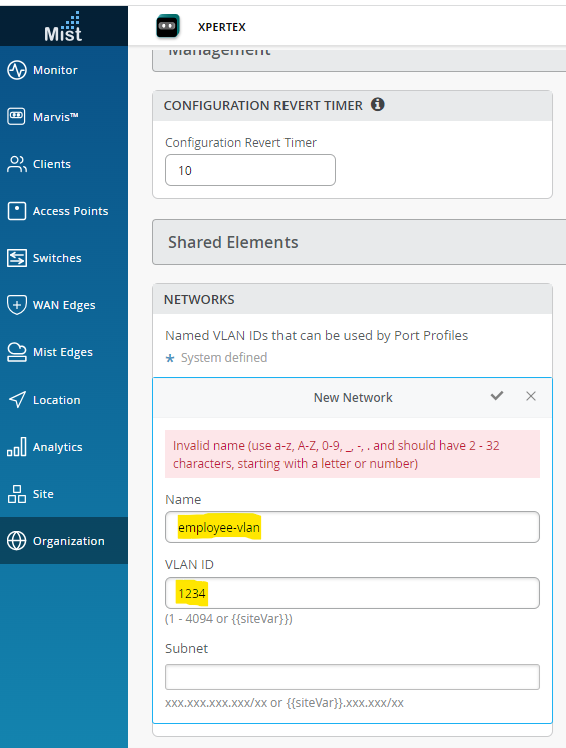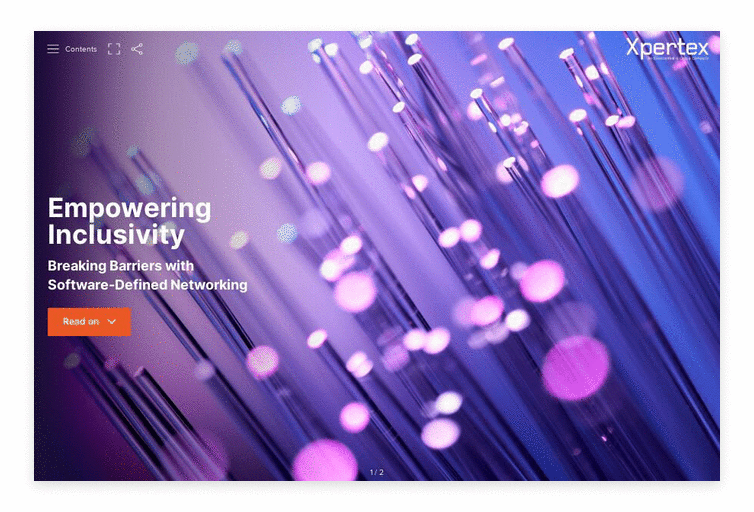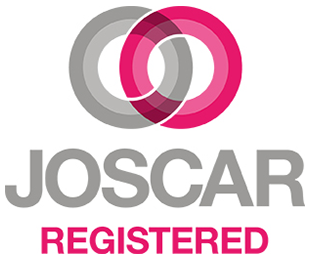The age of software-defined networking is well and truly upon us. With the increasing maturity of SD-WAN and its evolution into SASE, the emergence of SD-LAN/SD-WiFi, and even the Software-Defined Data Centre (SD-DC), networks that are configured and managed through a centralised, GUI-driven platform are here to stay.
Around seven or eight years ago, working for one of our large Government clients, I was lucky enough to be part of a team that was actively looking ahead to the emerging technologies that would be commonplace in 2021 and beyond. As part of our work, we were able to engage with technology vendors and gain early insight into where the R&D dollars were being spent. One such session involved a discussion around “software-defined” networking. On the way out of the meeting room, one of my colleagues opined to me that I should find a new line of work, as network consulting and engineering was dead!
I considered this and replied with something along the lines of “…you will still need someone to tell the software what to do!”
Fast-forward to the present day, and during some preparation for an EDI submission that I was preparing for a bid, I came across a blog from a recruitment company from 2018 entitled “Diversity in Tech” that highlighted the plight of a young lady with cerebral palsy who had a first-class degree, but was nonetheless struggling to find work. The blog then went on to state that “In fact, some disabilities, like autism, may help certain employees excel in the right roles” – something that is now widely accepted.
According to diversity & inclusion specialists, the Vercida group, around 19% of the UK’s working population has a disability, but this is not reflected among employees working in the tech sector. Tech now accounts for around two million jobs in the UK, but only 9% of all IT specialists have a disability.
Removing barriers to access and engagement#
Diversity in TECH cites “Providing work in accessible formats” as one of six “reasonable adjustments” that employers (and industry!) can make to support the needs of disabled candidates.
Traditionally, networks have been configured and managed using a Command Line Interface (CLI), where all setup, configuration, management, and monitoring is performed by typing a sometimes extremely long series of words (i.e. the command chain) on a keyboard, on every device in the network. This is a laborious task for able-bodied engineers and often leads to incorrect configuration caused by human error.
With software defined networking, all this has changed, as a central controller configures and manages the entire network. Although there will still be some keyboard and mouse input required, this can be achieved by using joysticks, trackballs, eye typers, sip ‘n’ puff devices, and a growing range of similar interfaces.
The point being, there is typically 88% fewer keyboard inputs required when using a GUI of an SD-WAN solution!
The example below shows a simple Juniper Networks command line configuration that creates a basic VLAN and assigns an interface to it:
- edit
- set vlans employee-vlan
- set vlans employee-vlan vlan-id 1234
- set interfaces ge-0/0/1 unit 0 family ethernet-switching vlan members employee-vlan
- =147 characters with spaces
SD-LAN (Mist)
The user is required to input thirteen characters for the VLAN name (which only needs to be entered once) and four characters (max) for the VLAN ID, which equates to only 11.56% of the total.
Of course, there are web interfaces for most modern managed network devices, but every device will still need to be configured individually.
So, the case for me is a compelling one. If we, as technology providers, are willing to embrace recent innovations and make a few small changes, we will be able develop our most promising candidate’s skills and fill the gaps in our internal expertise, thus unlocking the wider workforce’s full potential. Everybody wins!

Empowering Inclusivity: Breaking Barriers with Software-Defined Networking
Could the rise of software-defined networking solutions – such as SD-WAN, SASE, and SD-DC – open the door to a more inclusive technology workforce?
About the author

Joel Sweeney, CEO, Xpertex
Joel has spent more than 35 years in the world of IT – with the majority of that time focused on networking – and was actively involved in the earliest days of what we now call ‘cyber’. Since founding Xpertex in 2006, he has channelled that multifaceted experience into a range of projects for customers on some of the highest security networks and systems – the systems that help maintain the UK’s security as the digital threat landscape evolves. He remains passionate about all aspects of cyber security, particularly the NCSC’s mission to make the UK the world’s safest place to live and work online.





